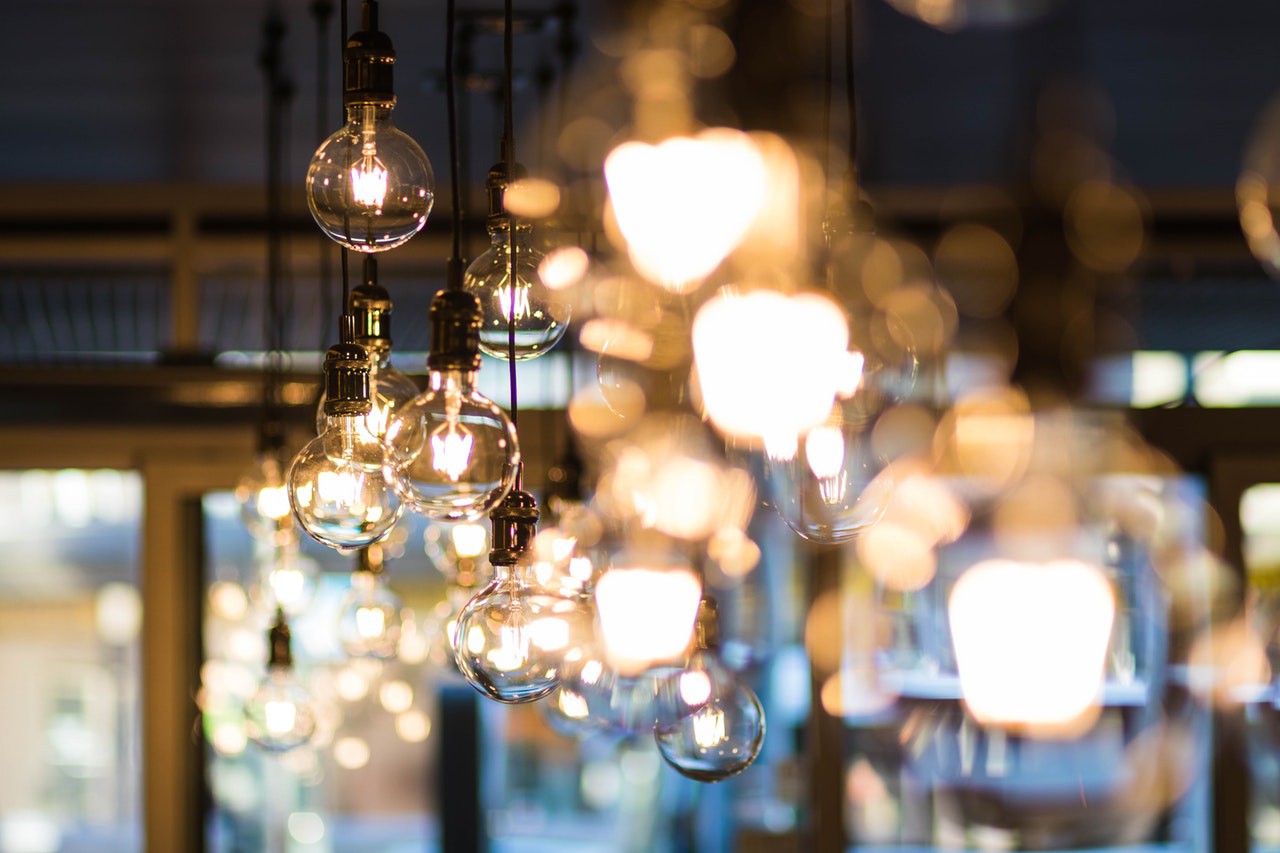Given that environmental issues receive so much attention, it comes as no surprise that so many people are keenly focused on only using the “greenest” products that are available to them.
In terms of lighting, at the moment, it’s mostly about LED lighting.
After all, LED is energy efficient and environmentally friendly. Hence, it is now the go-to lighting choice for those that wish to do their part for the “green” world.
All the same, that’s not to say that LED lighting is perfect by any means.
As is the case with anything, really, LED lighting comes with its pros and its cons – its advantages and its disadvantages.
As a way to make a better-informed choice the next time you are looking for lighting options for your home, or perhaps even your office, it’s good policy to arm yourself with some of the key facts so you’re able to do a smarter comparison.
Let’s check out the advantages as well as the disadvantages of using LED lighting.
Advantages of LED Lighting
1 LED lighting offers good energy efficiency
At the top of the list comes energy efficiency.
In comparison to the traditional incandescent light bulb that we all previously used around our homes, LED bulbs offer a far greater energy efficiency of 80-90 percent.
What this does, in fact, mean is that when you turn on an LED light, around 80-90 percent of the utilized energy goes into light energy. The remaining 10-20 percent is heat.
Obviously, those old incandescent-style bulbs are pretty much at the other end of the spectrum – around 20 percent of the energy is given off as light and the remaining 80 percent or so is given off as heat.
The obvious benefit is that there’s far more light provided by LED, and, perhaps the less obvious benefit is that LED light bulbs are safer because they don’t get too hot.
There is a further benefit, however.
In order to “start up” an LED light, or to “get it going,” it takes much less electricity.
As an example, an incandescent light bulb of 60 watts needs around 525 kWh of electrical power to “start up.”
On the other hand, the equivalent LED light bulb requires a mere 65 kWh of electrical power to “start up.”
2 LED Lighting is eco-friendly
LED lighting is environmentally friendly.
Besides the low energy consumption, LED bulbs are manufactured using non-hazardous materials.
In comparison, fluorescent bulbs have mercury inside. This means they must – or should – be disposed of in a particular way.
Approximately 95 percent of LED light bulbs can be recycled.
As such, it’s good policy to get in touch with a local recycling center and ask about the disposal of LED lamps.
What’s more, there are some LED lamp manufacturers that offer recycling programs. In this case, you actually send the bulbs to the manufacturer for disposal.
3 Life of the LED lamp
A further advantage of LED light bulbs is that they offer a very lengthy lifespan.
On average, LED lamps come with around 20,000 hours of usage. What’s more, there are some LED lamps that can last for as long as 100,000 hours.
Compare that to the traditional incandescent lamp, which lasts between 750 hours and 2,000 hours.
On top of that, rather than suddenly burning out like incandescent lamps do, LED diodes begin to “fade.” They start to operate at an energy level that is lower, which in turn means they lose a little of their previous brightness.
LED lamps are not quite as fragile as incandescents.
Incandescents are manufactured using glass. LED lamps are made from tougher materials and can withstand heavier knocks than incandescents.
Because of this, LEDs can be used along roadways and for transportation; incandescents cannot because they are too fragile.
Disadvantages of LED Lighting
1 Cost
To many, the biggest disadvantage of LED lighting is that they cost more than incandescents.
The price has dropped quite substantially over the previous number of years, but they still cost more than incandescent and fluorescent bulbs.
Over the longer run, LEDs work out to be far more cost-effective than incandescents on account of the high energy efficiency in addition to their lengthy life span.
2 Temperature
The operation of LED lamps is impacted by the ambient or surrounding temperature.
If the surrounding temperature is relatively high, LEDs can “overdrive” and then completely fail.
Notwithstanding, these days, LED lamps are manufactured with heat sinks. This allows the bulb to remain cool, which in turn means that even if the ambient temperature is high, the bulb still works properly.
3 Limitation of color
While this isn’t much of a problem any longer, in the past, LED lamps would emit a bluish color lighting.
A problem that still persists is that, over time, LED lamps begin to degrade in that the quality of the color of light that is produced is no longer as effective.
If the lamp has been improperly designed, it can lead to loss of brightness, to flickering, and to an unbalanced lighting pattern.
Photo by Valeria Boltneva from Pexels
